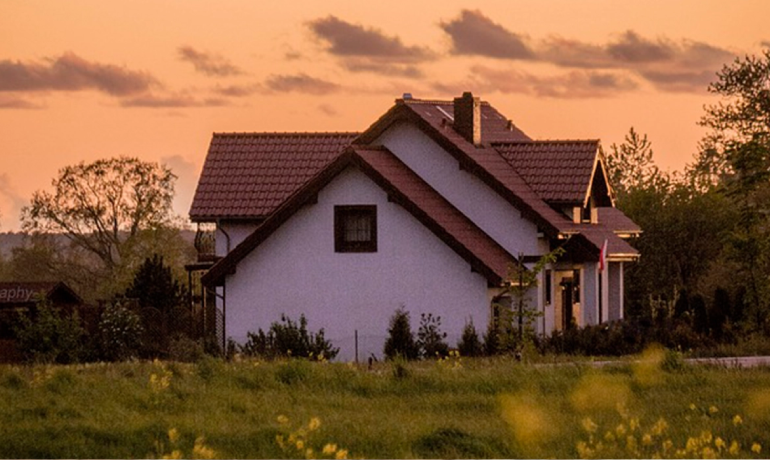Pre-House Purchase Inspection

Pre-House Inspection
At Alton Facility Services, we provide expert pre-house purchase inspection services to help prospective buyers make informed decisions. Serving Camberley and surrounding areas, our thorough inspections assess drainage systems, septic tanks, and sewage treatment plants to ensure they are in optimal condition and fully compliant with regulations. This gives you peace of mind, knowing the property's wastewater management systems are functioning correctly.
Using advanced CCTV technology, our inspections identify issues such as blockages, leaks, or structural damage within the drainage system. We deliver a comprehensive report detailing our findings and recommendations, equipping you with all the information needed to make confident decisions about your potential property purchase.
In addition to inspecting existing systems, we evaluate the capacity and suitability of the setup to ensure it meets your long-term needs. This includes assessing the condition of pipes, pumps, and control systems, helping you avoid unexpected repairs and expenses after purchase. Our detailed approach ensures you are fully aware of the state of the property's wastewater infrastructure.
Alton Facility Services proudly serves a wide range of locations, including Camberley, Ascot, Southampton, Reading, Woking, Weybridge, Kingston upon Thames, Twickenham, Staines, Sunbury upon Thames, Henley, Newbury, Basingstoke, Andover, Midhurst, Petworth, Chichester, Alton, and Liphook. With our extensive coverage, we ensure that you receive reliable and accurate inspection services wherever you are.
Contact Alton Facility Services today to schedule a pre-house purchase inspection. Let our experienced team provide you with detailed assessments and actionable insights, ensuring your new home’s drainage and sewage systems are dependable and compliant. Trust us to help you make a confident investment in your future property.
ReliableProfessional24/7 Support
